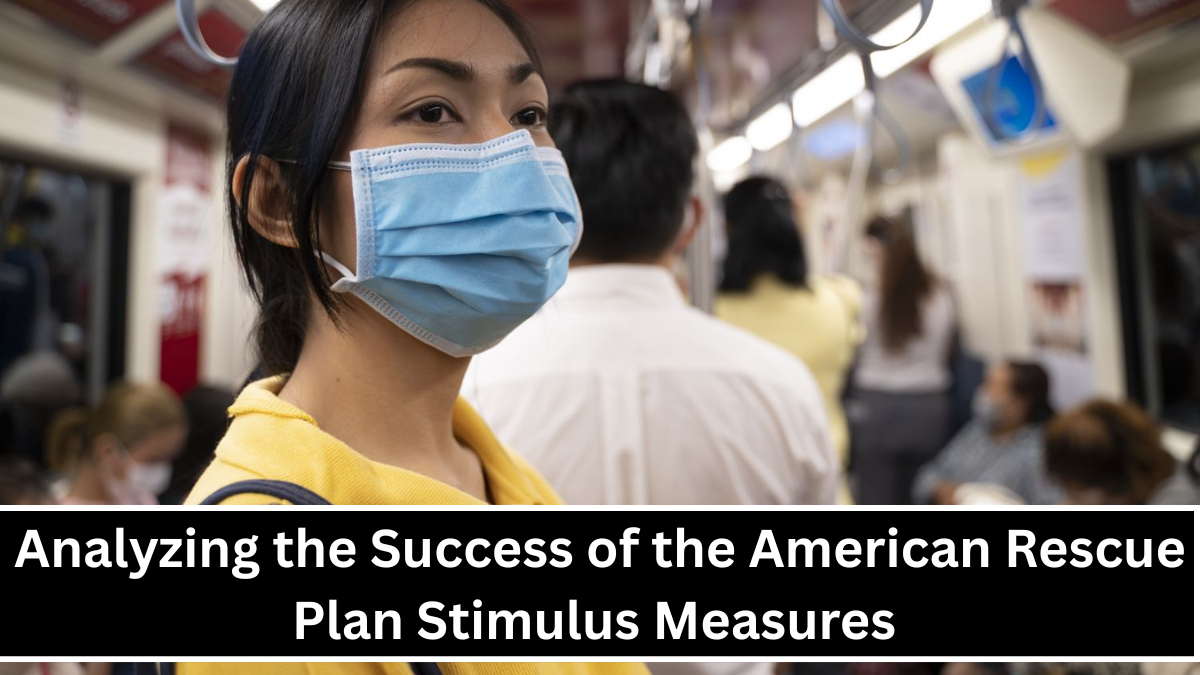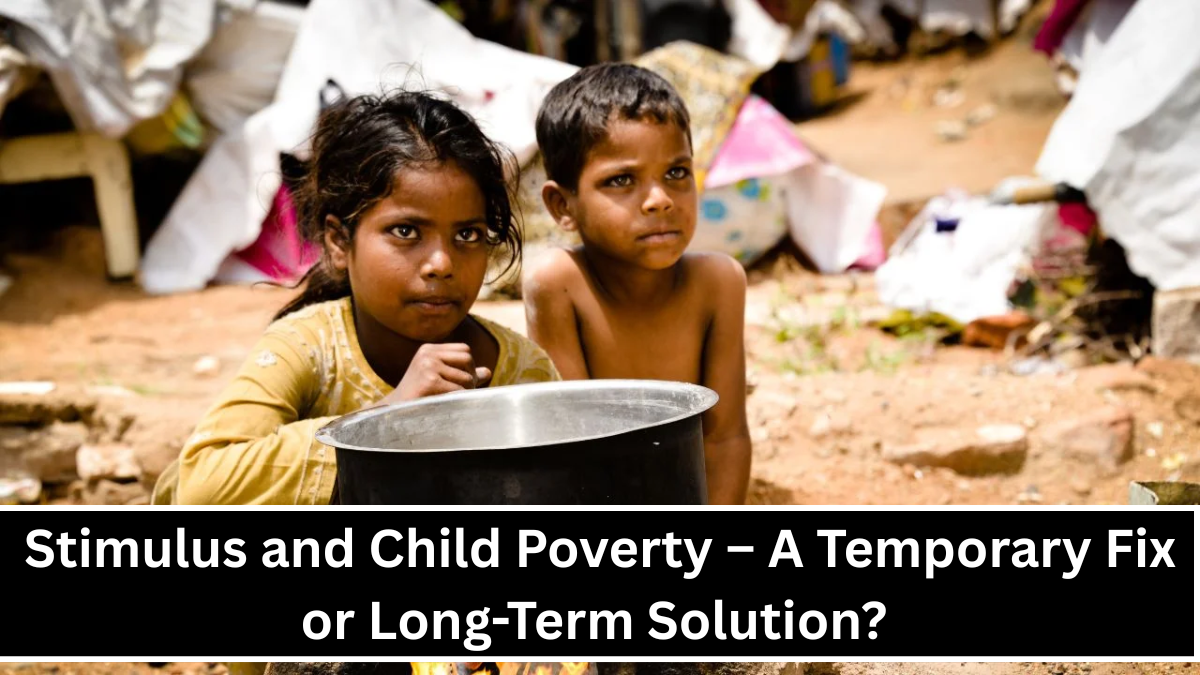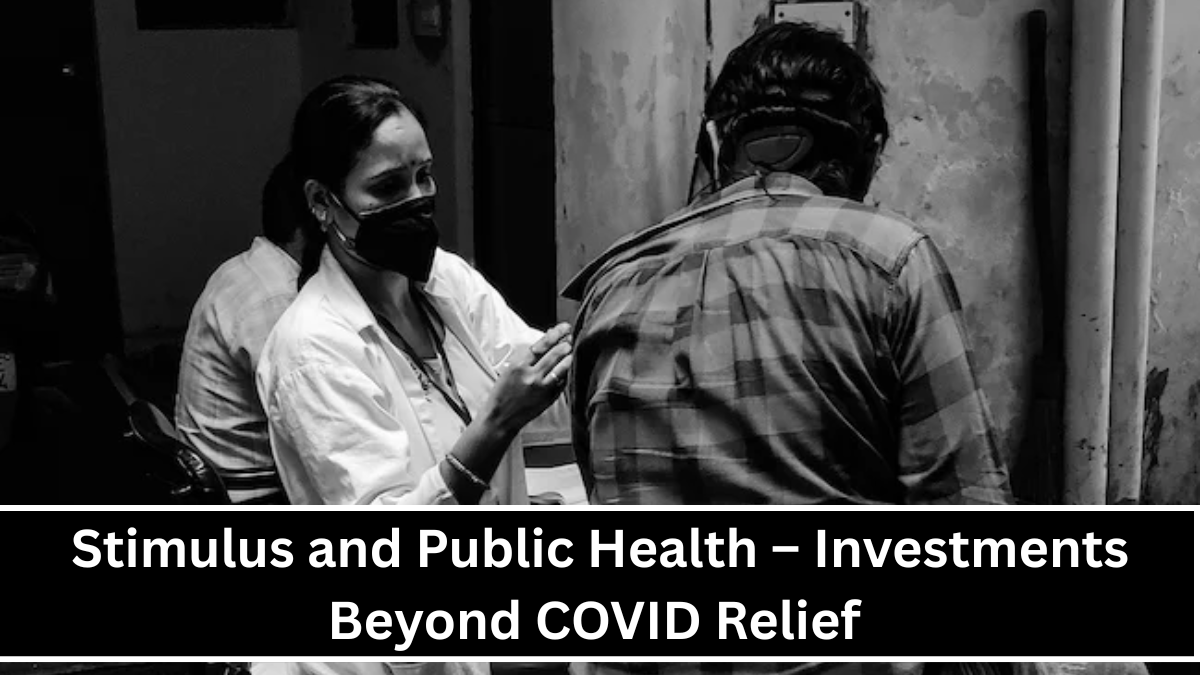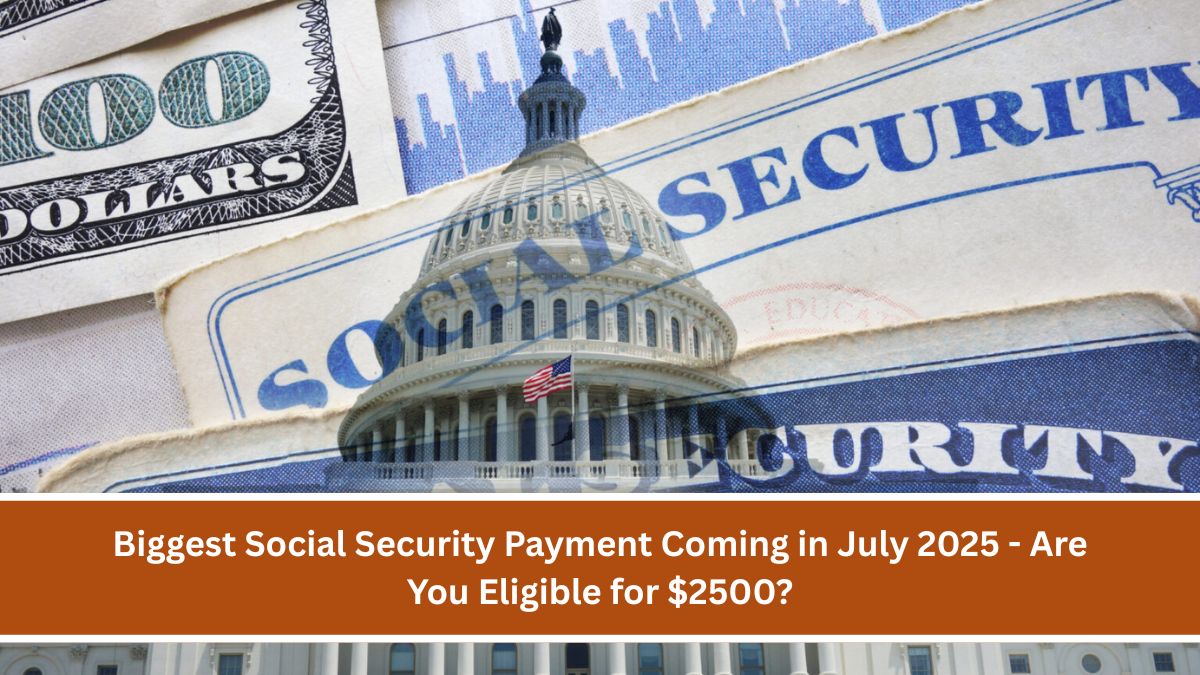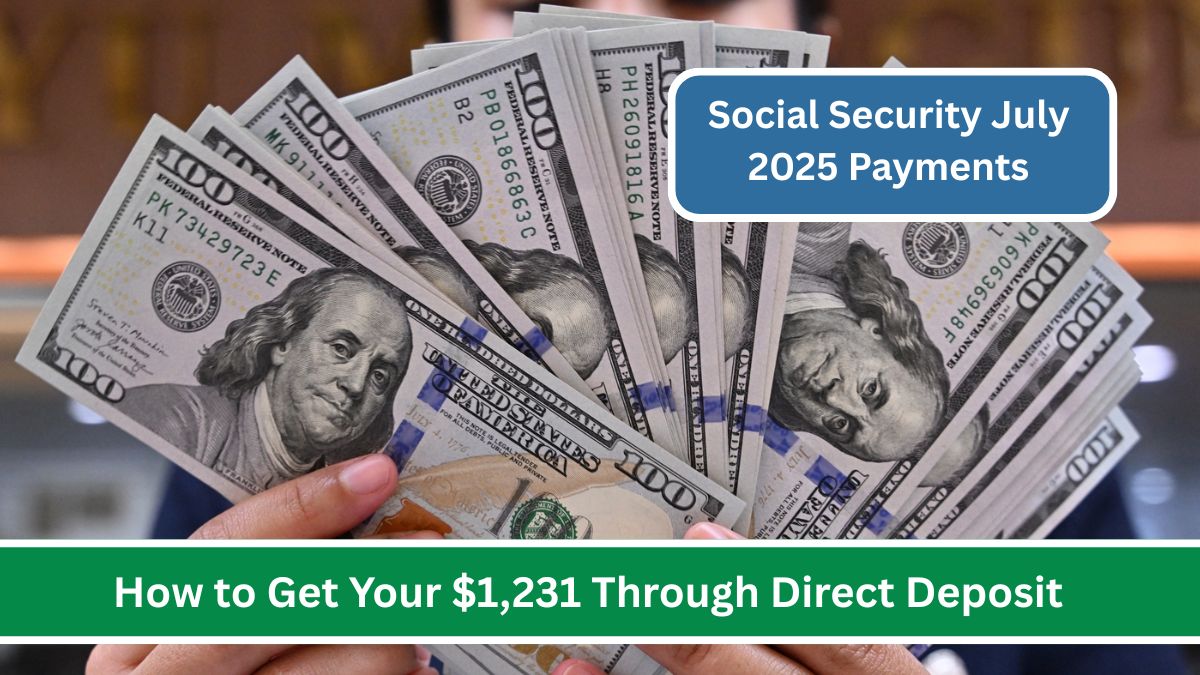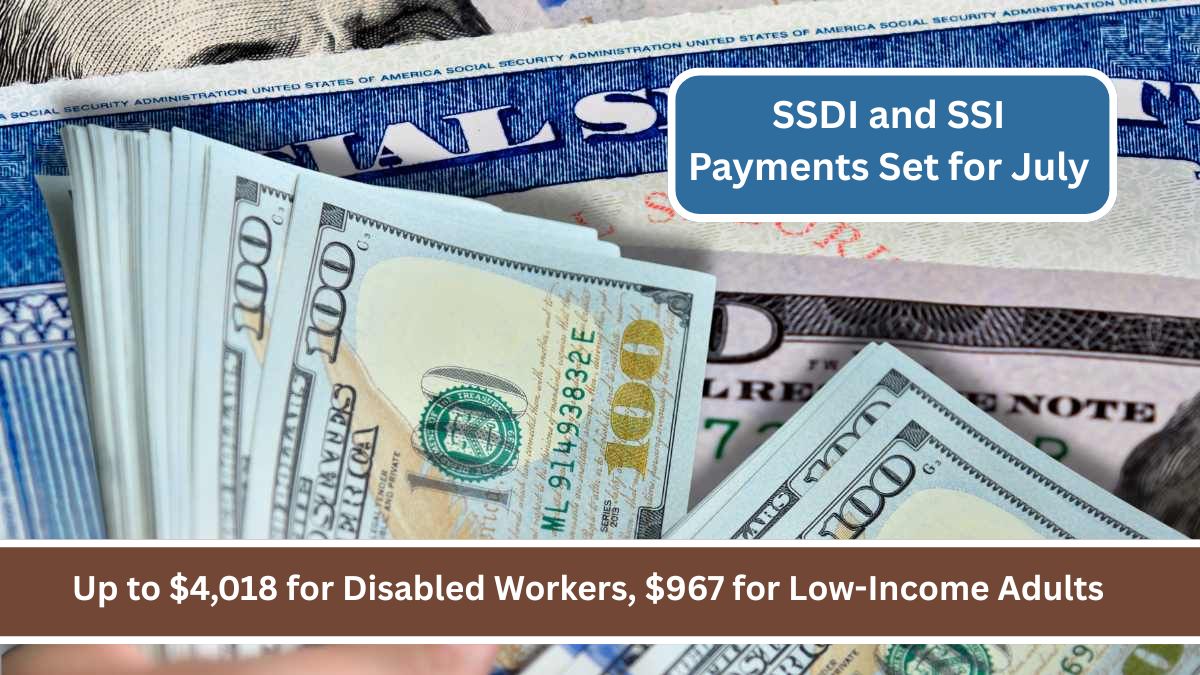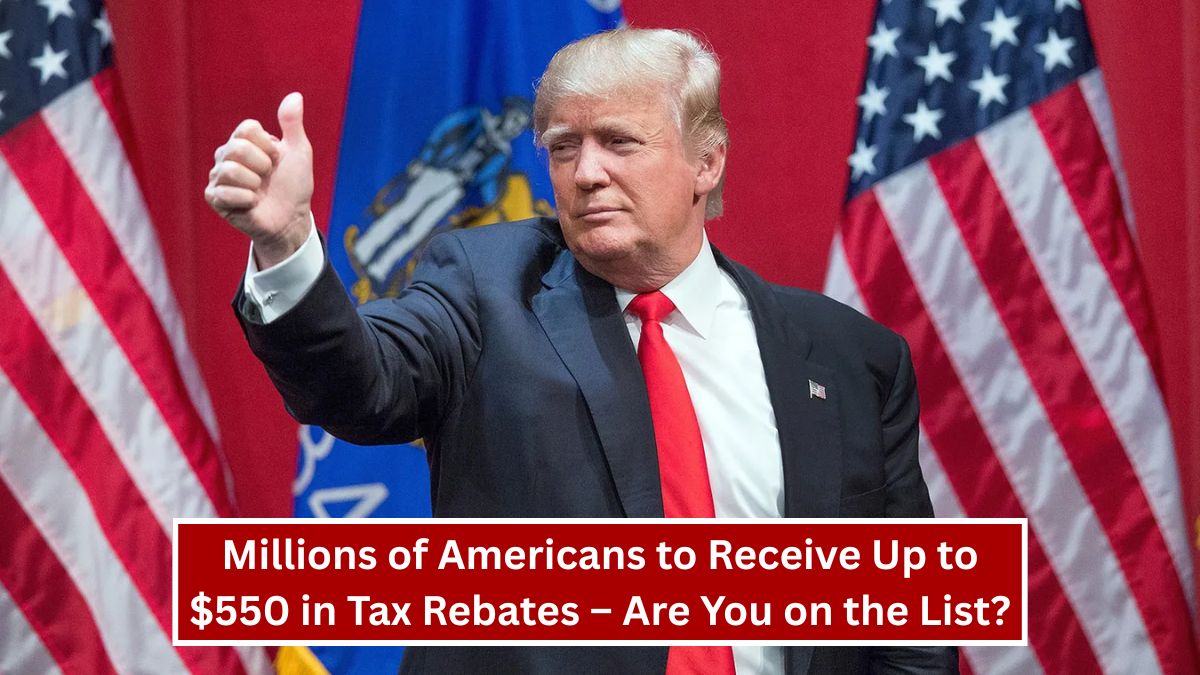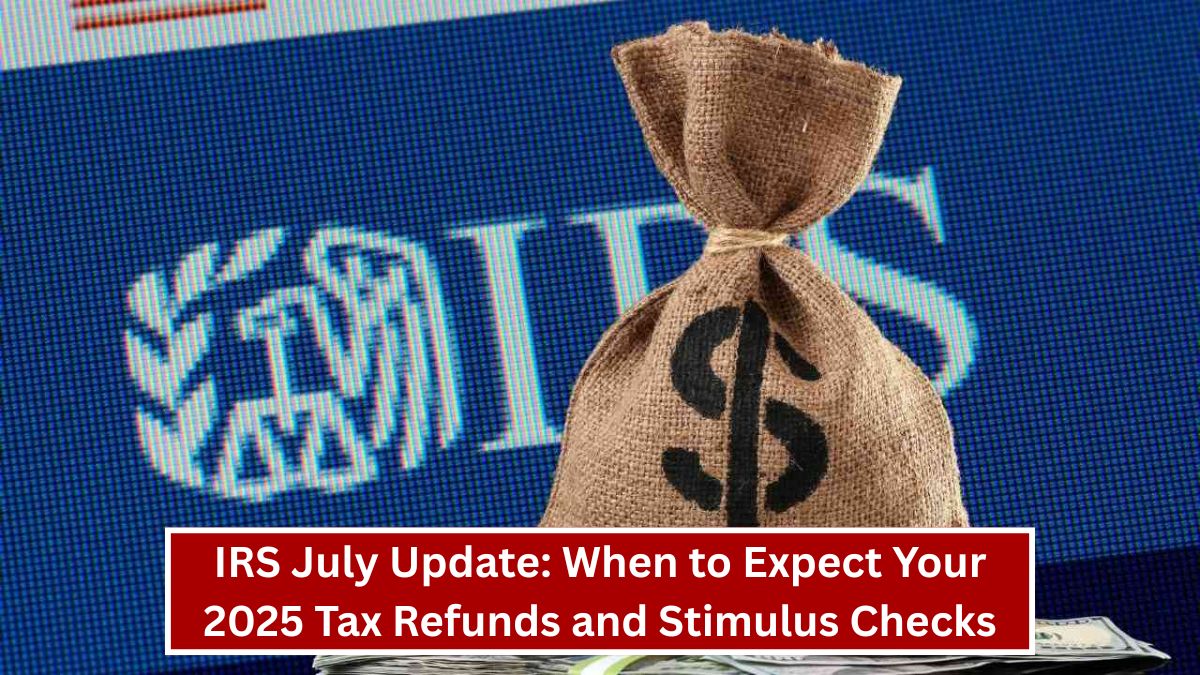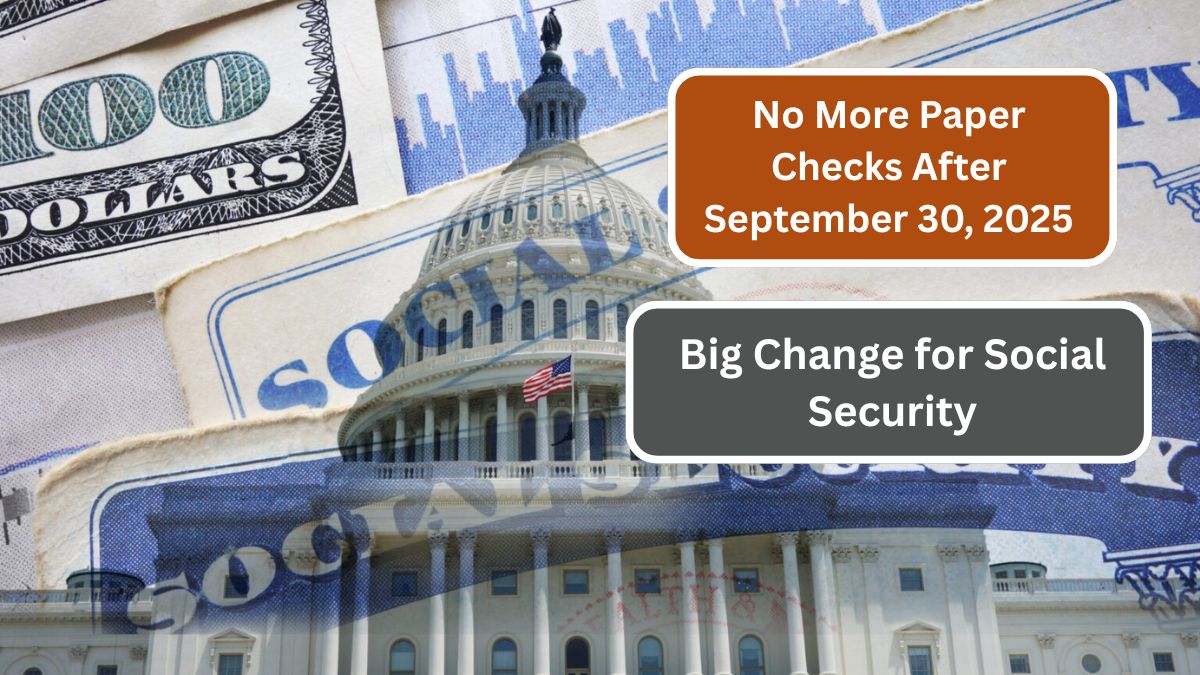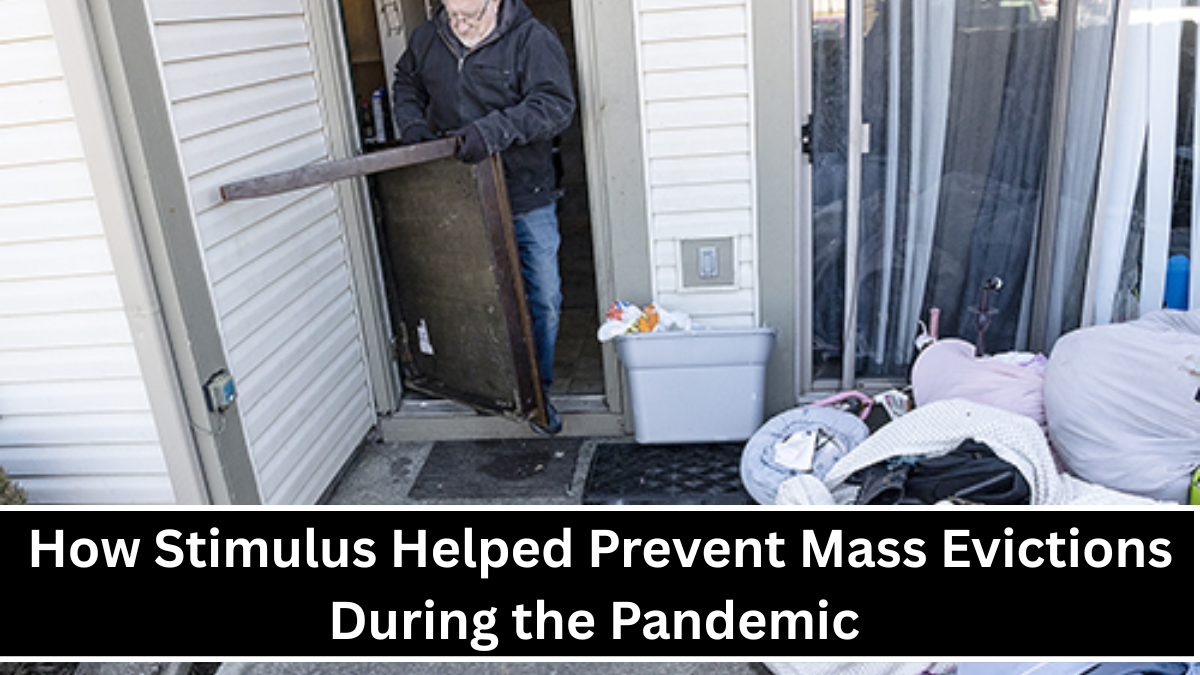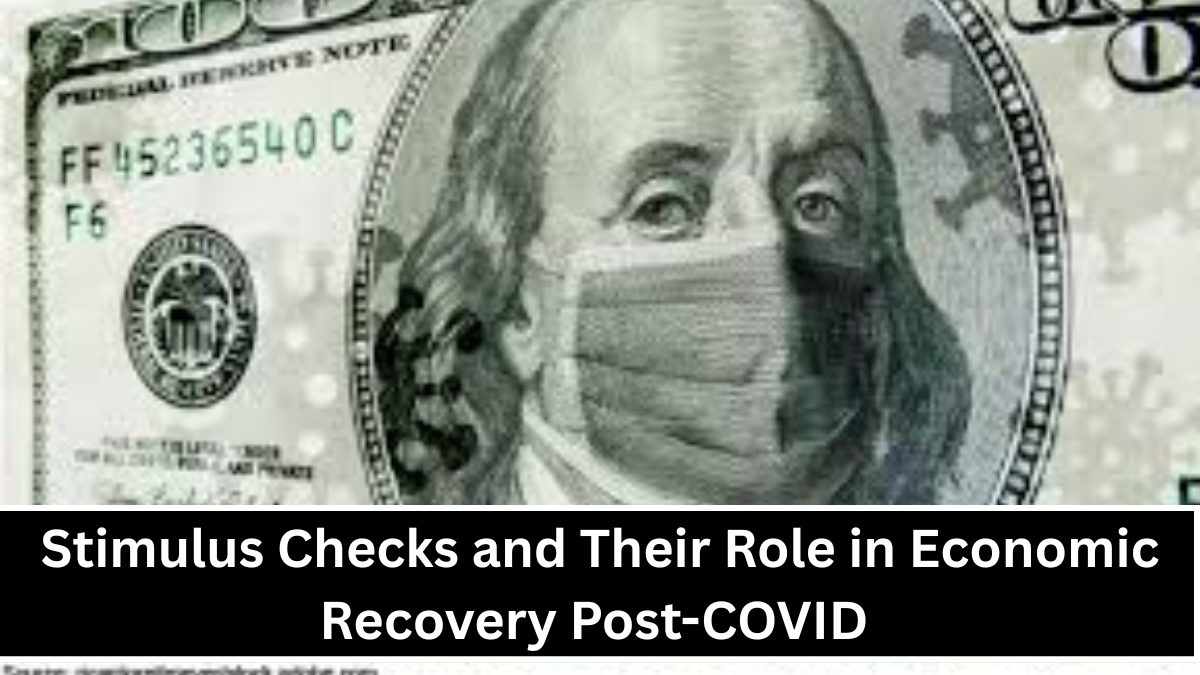In 2021, the United States faced one of the worst economic crises in recent history due to the COVID-19 pandemic. Businesses shut down, millions lost their jobs, and families struggled to make ends meet. To address this emergency, the U.S. government launched several economic support packages, including the American Rescue Plan—a $1.9 trillion stimulus bill signed into law by President Joe Biden in March 2021. This plan aimed to help individuals, families, businesses, schools, and healthcare systems recover from the impact of the pandemic. But how successful was it? Let’s explore how this large-scale government action affected the economy, employment, and people’s everyday lives.
Headline Measure: Direct Payments and More – What the Plan Offered
The most talked-about feature of the American Rescue Plan was the third round of stimulus checks. Eligible Americans received up to $1,400 per person, including children and dependents. For a family of four, that meant $5,600 in financial relief. This direct cash helped people pay for rent, groceries, medical bills, and other basic needs during a very tough time.
But the plan offered much more than just checks. It extended unemployment benefits—adding a $300 weekly boost—and increased the Child Tax Credit, which provided families with up to $3,600 per child. For many low-income families, this extra help was a lifeline.
The Rescue Plan also included funding for:
- Reopening schools safely
- COVID-19 vaccine distribution
- Support for small businesses (especially through PPP loans)
- Rental and mortgage assistance
- Expanded health insurance subsidies
This wide approach meant the plan didn’t just support individuals, but also helped rebuild entire communities and sectors.
Did the Plan Work? Signs of Economic Recovery
While some critics questioned the size and cost of the American Rescue Plan, many economists and policy experts credit it with speeding up the U.S. economic recovery.
Here are some of the key outcomes linked to the plan:
- Faster job recovery: The U.S. added millions of jobs after the plan was implemented, lowering the unemployment rate faster than expected.
- Reduced poverty: The Child Tax Credit and stimulus checks lifted millions of people—especially children—out of poverty in 2021.
- Increased consumer spending: The cash payments helped boost the economy as people spent more on goods and services.
- Support for schools and hospitals: Funds helped schools reopen with safety measures and gave hospitals money to manage COVID-19 cases.
While inflation rose in 2022, economists say it was caused by many global factors—including supply chain issues and the war in Ukraine—and not just the stimulus spending.
Table: Key Features of the American Rescue Plan
| Feature | Description |
|---|---|
| Stimulus Checks | $1,400 per person |
| Child Tax Credit | Up to $3,600 per child |
| Unemployment Boost | Extra $300 per week until September 2021 |
| Vaccine & Health Support | Billions for vaccine rollout & health care |
| School Reopening Funds | $130 billion for safe school reopenings |
| Small Business Support | PPP loans and grants |
| Housing Assistance | Rent and mortgage help for struggling families |
The American Rescue Plan was one of the most important economic policies in recent U.S. history. It provided fast, direct help to millions of Americans when they needed it most. From families to schools to hospitals and small businesses, the support was widespread. Although some challenges like inflation followed, many experts believe the plan helped avoid a much deeper and longer recession. As we look back, it’s clear that the American Rescue Plan made a big difference in helping the country recover and rebuild after COVID-19’s worst impacts. While no plan is perfect, this one played a major role in stabilizing the economy and protecting lives.
FAQ’s:
Q1. What was the main goal of the American Rescue Plan?
A1. The main goal was to provide economic relief to individuals, families, and businesses during the COVID-19 pandemic and to support the country’s recovery.
Q2. Who received the $1,400 stimulus checks?
A2. Individuals earning up to $75,000 per year (and couples earning up to $150,000) were eligible. The checks also included money for children and adult dependents.
Q3. How did the plan help reduce child poverty?
A3. The expanded Child Tax Credit gave families monthly payments, helping them afford food, rent, and other essentials, reducing child poverty rates significantly in 2021.
Q4. Did the American Rescue Plan cause inflation?
A4. While some say it contributed, most economists agree that other global factors like supply chain problems and the Ukraine war were bigger causes of inflation.
Q5. What long-term impact did the plan have?
A5. It helped the economy recover faster, improved job growth, and supported public health systems. Some of its programs, like the Child Tax Credit, started new discussions about future policy reforms.
